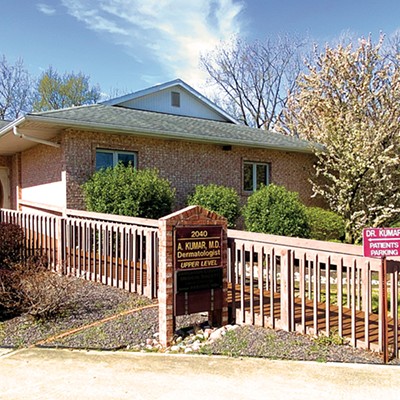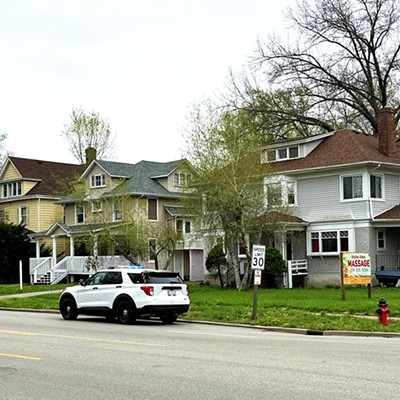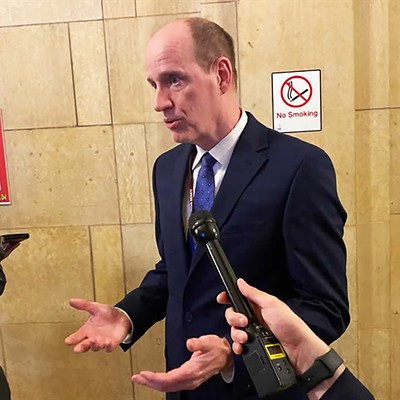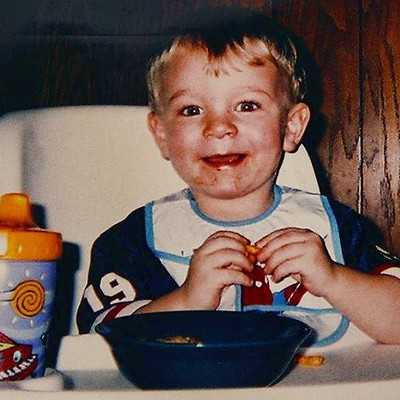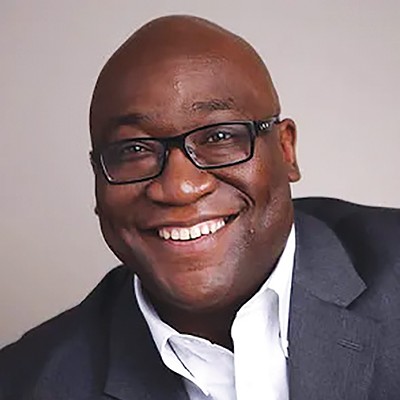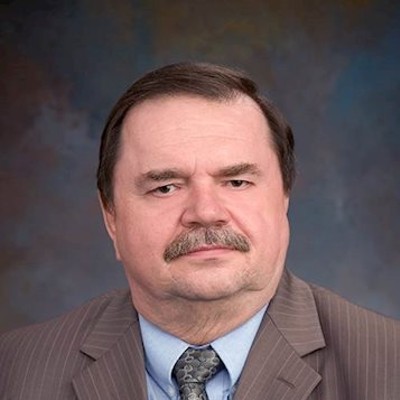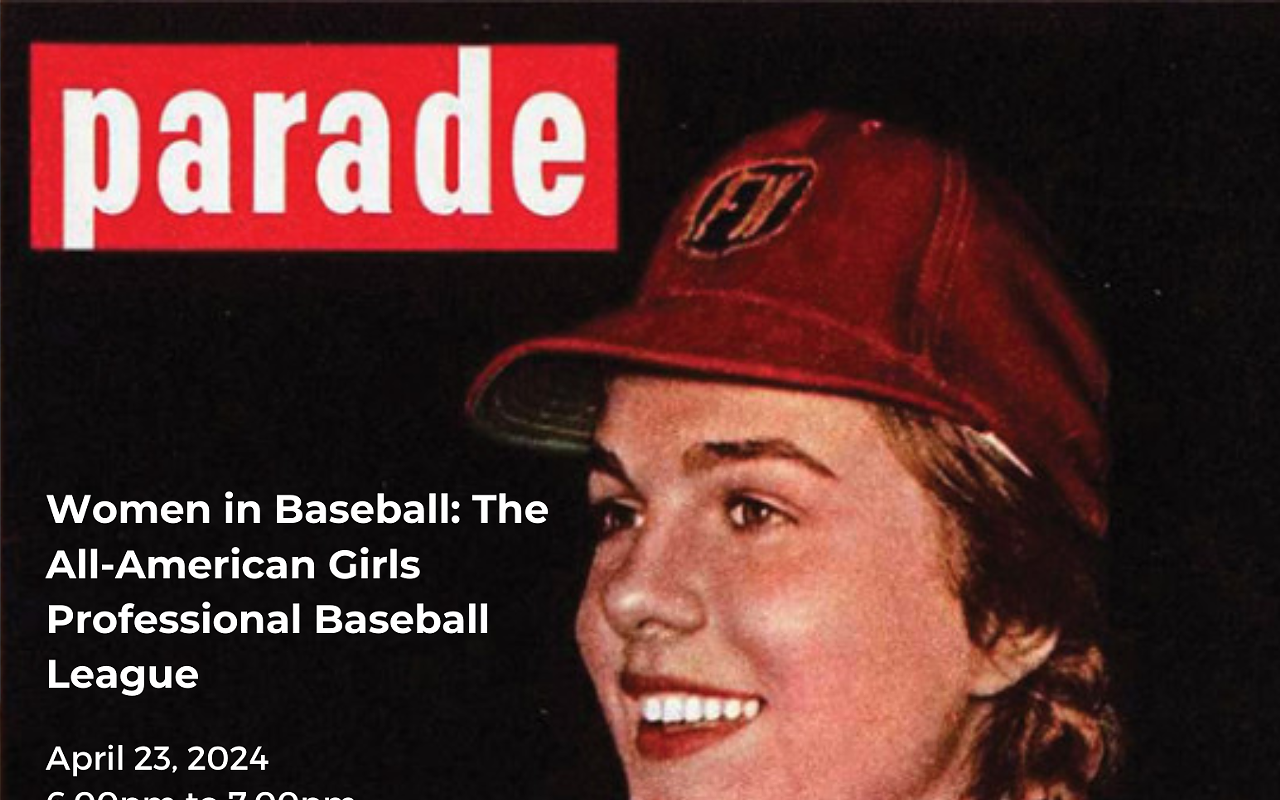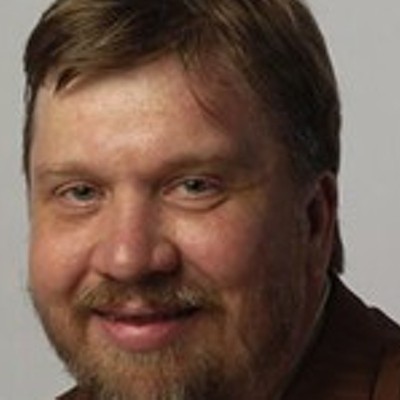The number of trials in Sangamon County Circuit Court has plummeted this year, mirroring a reduction in both trials and cases filed in courts nationwide.
While the nationwide number of cases, and trials, has dropped steadily over the past decade, the local plunge has been dramatic and recent. So far this year, there have been 11 jury trials in Sangamon County Circuit Court, including both criminal and civil cases. By comparison, there were 35 trials last year to decide 21 felony matters, 10 civil cases, two misdemeanors and one driving under the influence case.
Lawyers and judges have no easy explanations for the dramatic reduction. And it’s not just trials. Caseloads at the courthouse have been falling for years.
The number of civil and criminal cases filed has dropped from nearly 71,000 in 2010 to 51,400 last year, although the number of felony cases has increased from fewer than 1,000 to nearly 1,400 during the same time period. Foreclosure cases have dropped by nearly 50 percent, from 699 in 2010 to 365 last year. Traffic cases have gone from 46,700 in 2010 to 31,600 in 2017, and the trend is holding steady this year, with fewer than 27,000 traffic cases filed through October.
Misdemeanor cases this year are running slightly ahead of 2017, when 1,100 cases were filed, but the long-term trend is down. In 2010, the court handled nearly 1,700 misdemeanors. The biggest drop in caseloads has been in driving under the influence cases. Through October, 589 DUI cases were filed. Six years ago, in 2012, more than twice that many had been filed by the end of October. Uber and Lyft, local lawyers figure, help explain the DUI trend.
Fewer cases help explain fewer trials, but this year’s drop in trials has courthouse denizens stumped. Sangamon County Circuit Court Judge John Belz, the circuit’s chief judge, calls the drop-off an anomaly. “I think what you’re going to see is a lot more trials next year,” Belz said. Trial experience is important, and DUI trials, which were once common ways for lawyers to gain experience, have grown rare, the judge, a former prosecutor, says.
“That’s a concern,” Belz says. “You have younger lawyers not participating in as many trials as there once were. The DUI’s is the interesting thing. As a young trial lawyer, that’s where you got your experience. We cut our teeth on DUI trials. There’d be two a week.”
Sangamon County state’s attorney Daniel Wright said trial numbers vary from year to year. “A snapshot of trial numbers over two years doesn’t reflect a trend as much as it indicates each case is unique,” said Wright. “It isn’t attributable to anything my office has done differently.”
Springfield attorney Mark Wykoff, who’s been at the defense table for four of the six felony trials held this year, says he can’t explain why there have been so few trials and why he’s played a role in so many. He theorizes that the departures of John Schmidt, a circuit court judge who died last December shortly after being appointed to the Fourth District Appellate Court, and Pete Cavanagh, who left the circuit court to replace Schmidt on the appellate court, may have contributed to a fall-off in trials, but he said he can’t be sure. “I would have no worldly idea why there’s been such a drop-off,” Wykoff said.
Bob Scherschligt, who heads the county’s public defender’s office, said both consequences and alternatives help explain the trend. With mandatory minimum sentences, added penalties for crimes involving firearms and requirements to serve consecutive sentences for multiple convictions that could once have been served concurrently, defendants have powerful incentives to accept plea bargains, Scherschligt observes. .
At the same time, Scherschligt said, provisions that allow first-time offenders, particularly those accused of crimes involving drugs, to get probation instead of prison and have records cleared if they comply with probation conditions likely have helped extract guilty pleas from defendants who may have once demanded trials. Problem-solving courts, including courts tailored for the mentally ill, veterans and drug abusers, may also help explain the reduction in trials, he said.
Falling trial numbers, Scherschligt said, don’t reflect any change in the premise that the practice of criminal law is supposed to be adversarial, with defense attorneys aggressively looking out for clients and challenging prosecutors. “Believe me, we still butt heads around here plenty,” Scherschligt said.
Bill Raftery, senior analyst for the National Center for State Courts, which collects data from courts nationwide, said a downward trend in trials is nationwide and began at least a decade ago. “We were looking, even before the Great Recession, at disappearing trials,” Raftery said. “There are two things that are at play here. There are fewer and fewer people coming into the court system to begin with. Fewer people coming in means fewer trials.”
Contact Bruce Rushton at [email protected].
Trials and tribulations
Courtroom battles rare
[
{
"name": "Air - MedRect Combo - Inline Content 1",
"component": "11490391",
"insertPoint": "3",
"requiredCountToDisplay": "1",
"parentWrapperClass": "fdn-ads-inline-content-block"
},{
"name": "Air - MedRect Combo - Inline Content 2",
"component": "11490392",
"insertPoint": "7",
"requiredCountToDisplay": "5",
"parentWrapperClass": "fdn-ads-inline-content-block"
},{
"name": "Air - MedRect Combo - Inline Content 3",
"component": "11490393",
"insertPoint": "12",
"requiredCountToDisplay": "9",
"parentWrapperClass": "fdn-ads-inline-content-block"
}
]
Illinois Times has provided readers with independent journalism for almost 50 years, from news and politics to arts and culture.
Your support will help cover the costs of editorial content published each week. Without local news organizations, we would be less informed about the issues that affect our community..
Got something to say?
Send a letter to the editor and we'll publish your feedback in print!


